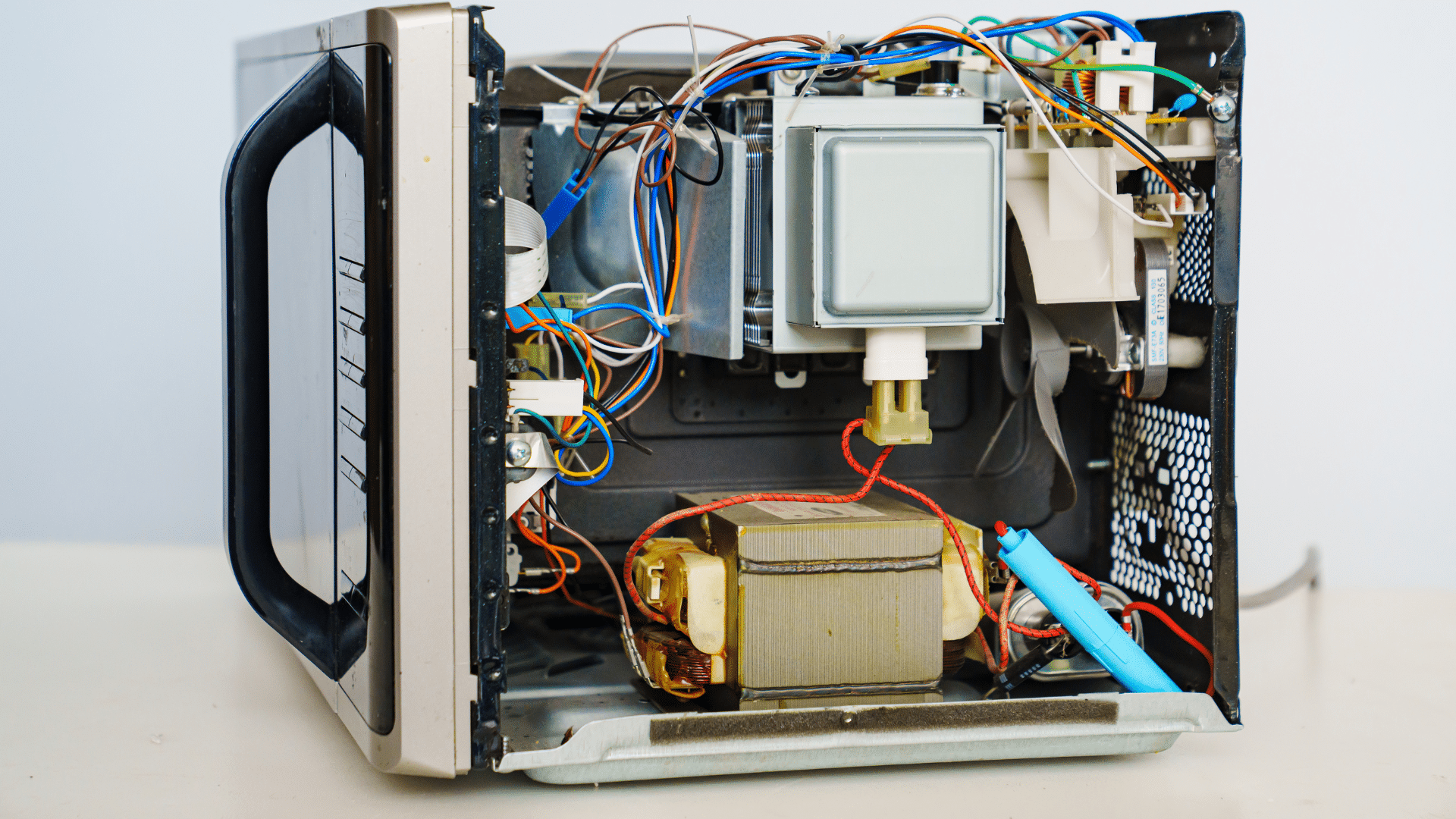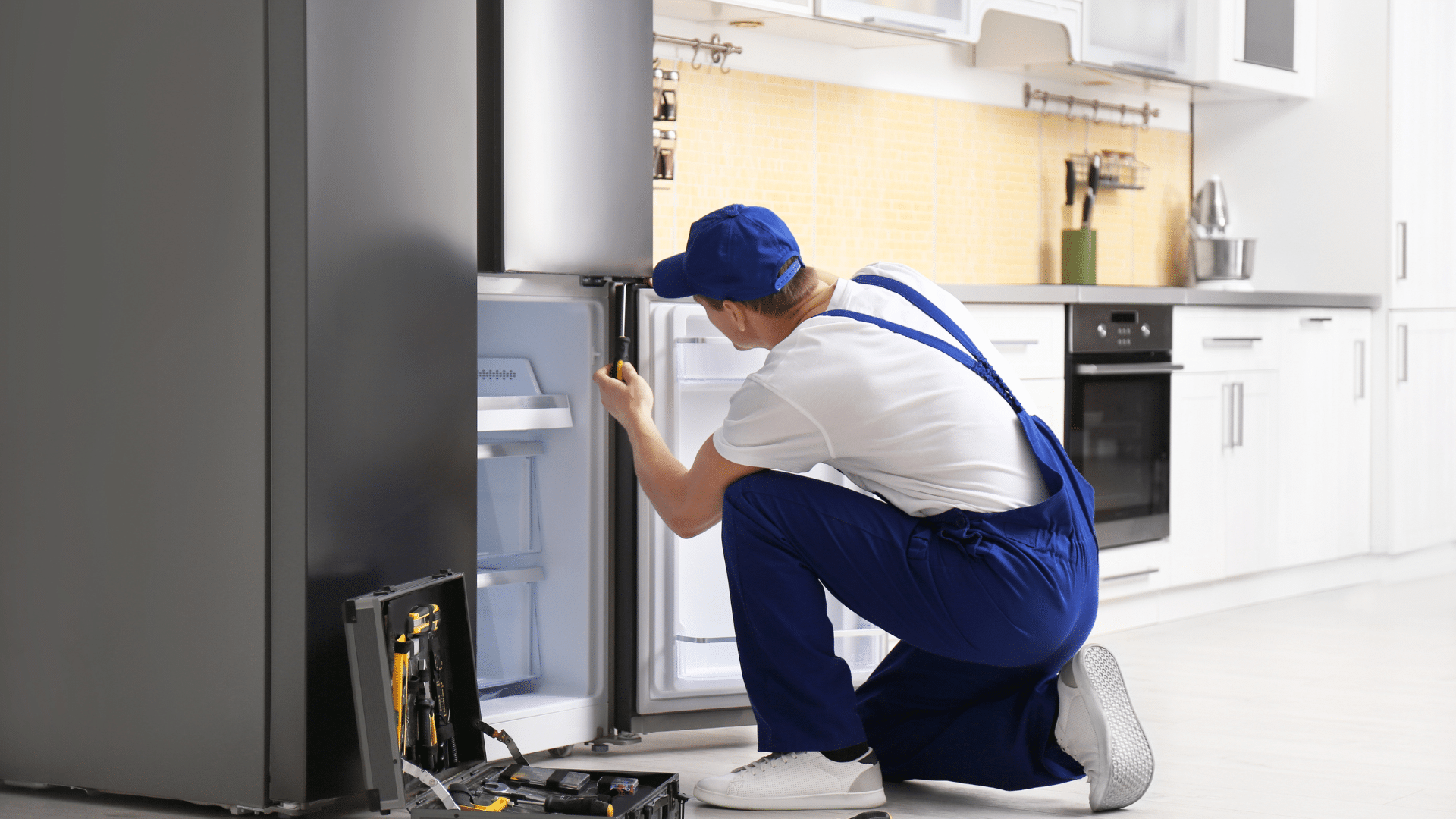
Refrigerators are essential appliances in our daily lives, keeping our food fresh and safe to consume. However, we often take these workhorses for granted, only realizing their true value when they break down. To avoid costly repairs and ensure the longevity of your fridge, regular preventive maintenance is crucial. In this blog, we’ll provide a detailed explanation of how to perform routine maintenance on refrigerators, including cleaning coils and checking door seals, to keep your appliance running smoothly and efficiently.
Why Preventive Maintenance Matters
Refrigerators are not invincible, and over time, wear and tear can lead to issues that may require costly repairs or even replacement. Preventive maintenance can help you avoid these headaches and ensure your fridge stays in top condition. Here’s why it matters:
Energy Efficiency: Maintaining your fridge ensures it operates at peak efficiency, saving you money on energy bills.
Longer Lifespan: Regular upkeep can extend your refrigerator’s lifespan, delaying the need for a replacement.
Food Safety: A well-maintained fridge keeps your food at the right temperature, preventing spoilage and foodborne illnesses.
Now, let’s dive into the steps for preventive maintenance.
Cleaning the Coils
The condenser coils play a crucial role in removing heat from your refrigerator’s interior. Over time, dust and debris can accumulate on these coils, causing your fridge to work harder and less efficiently.
Here’s how to clean the coils:
- Unplug the Fridge: For safety reasons, unplug your refrigerator from the power source.
- Locate the Coils: The coils are typically found on the back or underneath the fridge. Some newer models may have coils on the backside. Refer to your fridge’s manual if you’re unsure.
- Use a Brush or Vacuum: Gently brush or vacuum away the dust and debris from the coils. Be cautious not to damage the coils or any other components.
- Plug it Back In: Once you’ve cleaned the coils, plug the fridge back in and let it cool down to the desired temperature.
Checking Door Seals
The rubber gaskets that seal your refrigerator doors play a vital role in maintaining the interior temperature. Damaged or dirty seals can lead to warm air entering the fridge, causing it to overwork.
To check and maintain door seals:
- Perform the Dollar Bill Test: Close the door on a dollar bill, and then try to pull it out. If the bill slips out easily, it’s time to replace the seal.
- Clean Seals Regularly: Wipe the seals with a mixture of warm water and mild detergent. This prevents the buildup of dirt and residue.
Temperature Monitoring
Regularly check and monitor the temperature inside your fridge and freezer compartments. Use a refrigerator thermometer to ensure the temperature remains within the recommended ranges – between 37°F (2-4°C) for the fridge and 0°F (-18°C) for the freezer.
Ice and Water Dispensers
If your refrigerator has ice and water dispensers, make sure to change water filters as recommended in your user manual. This ensures the water and ice you consume are clean and taste good.
Defrosting the Freezer
If you have a manual defrost freezer, make sure to defrost it when the ice buildup exceeds a quarter-inch. Excess ice can reduce the freezer’s efficiency and lead to temperature fluctuations.
Conclusion
Preventive maintenance for refrigerators is not a one-time effort but an ongoing commitment to keep your appliance running smoothly. By regularly cleaning the coils, checking door seals, monitoring temperatures, and maintaining other key components, you can extend the lifespan of your refrigerator and avoid expensive repairs or replacements. Taking care of your fridge not only keeps your food fresh and safe but also saves you money and energy in the long run. So, make it a habit to care for your refrigerator, and it will keep your kitchen cool and your budget intact.

Elevate Your Kitchen: A Guide to Choosing Aesthetically Pleasing Appliances
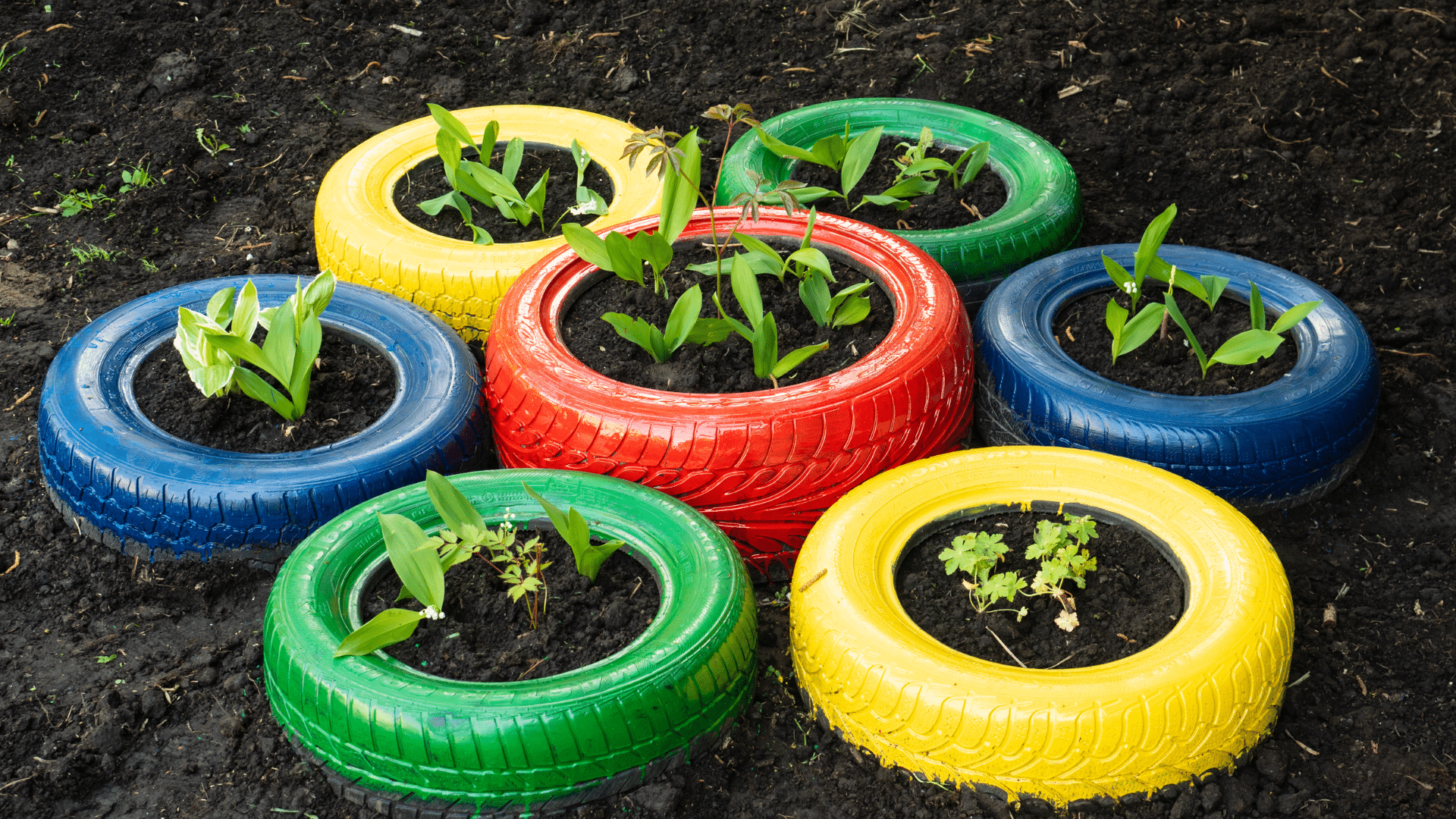
Reviving Old Appliances: Upcycling for a Sustainable Future
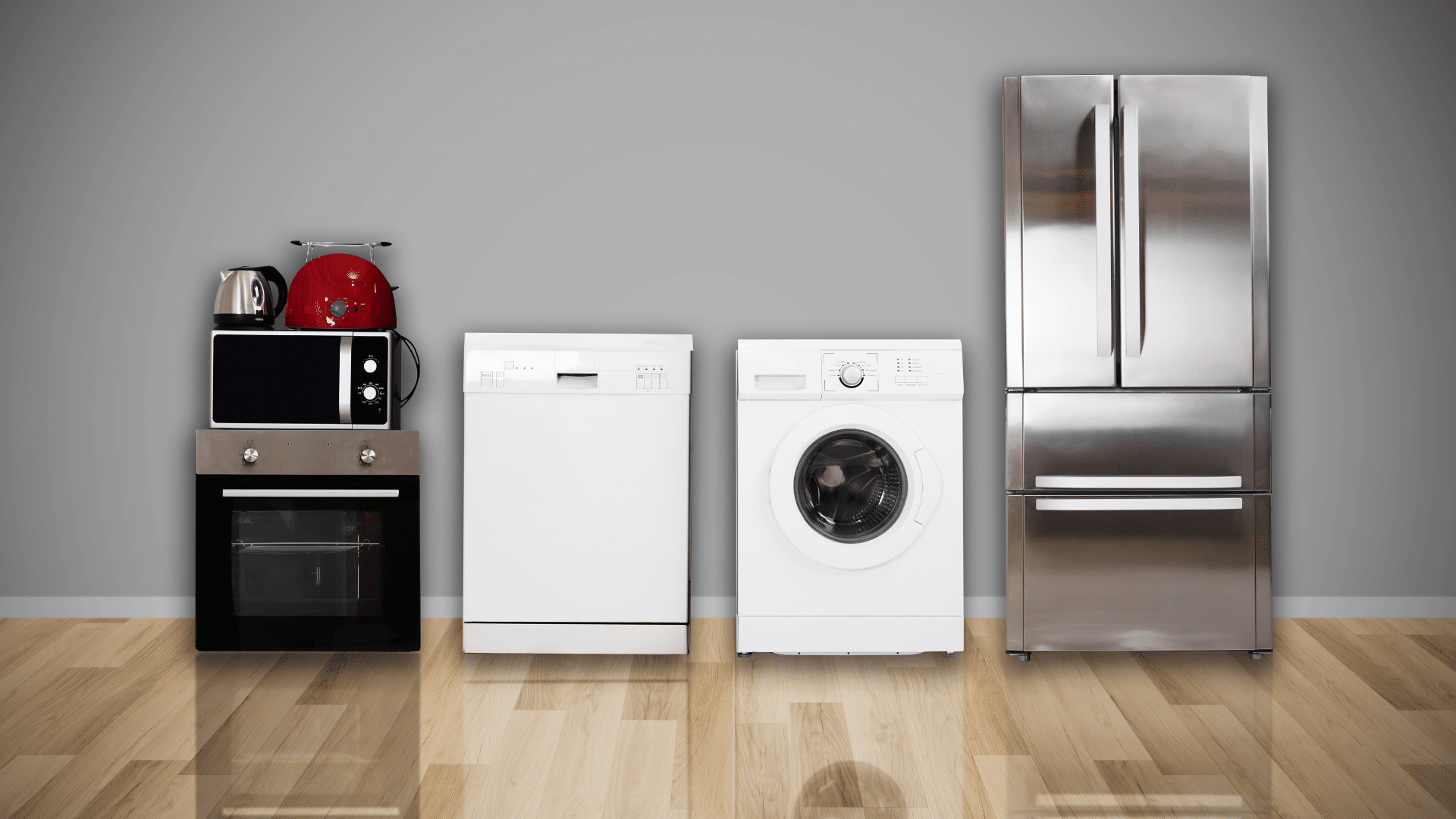
To Repair or Replace? Making the Right Decision for Your Appliances

5 Best Breakfast Spots in Reno 2024
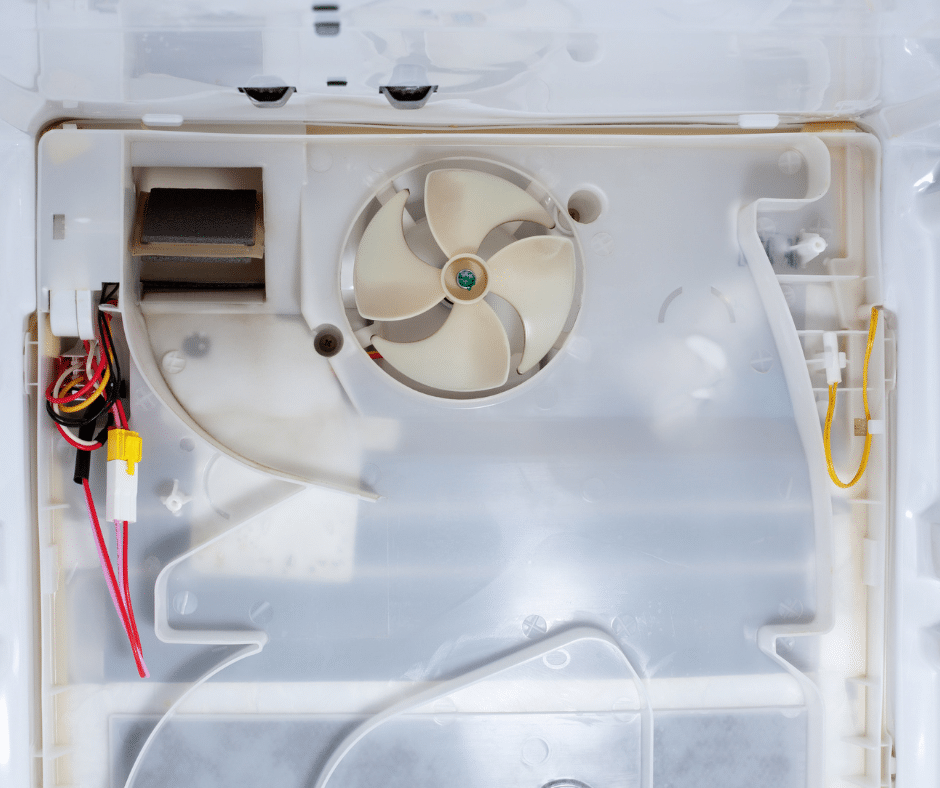
Understanding the Inner Workings of a Refrigerator: A Cooling Marvel
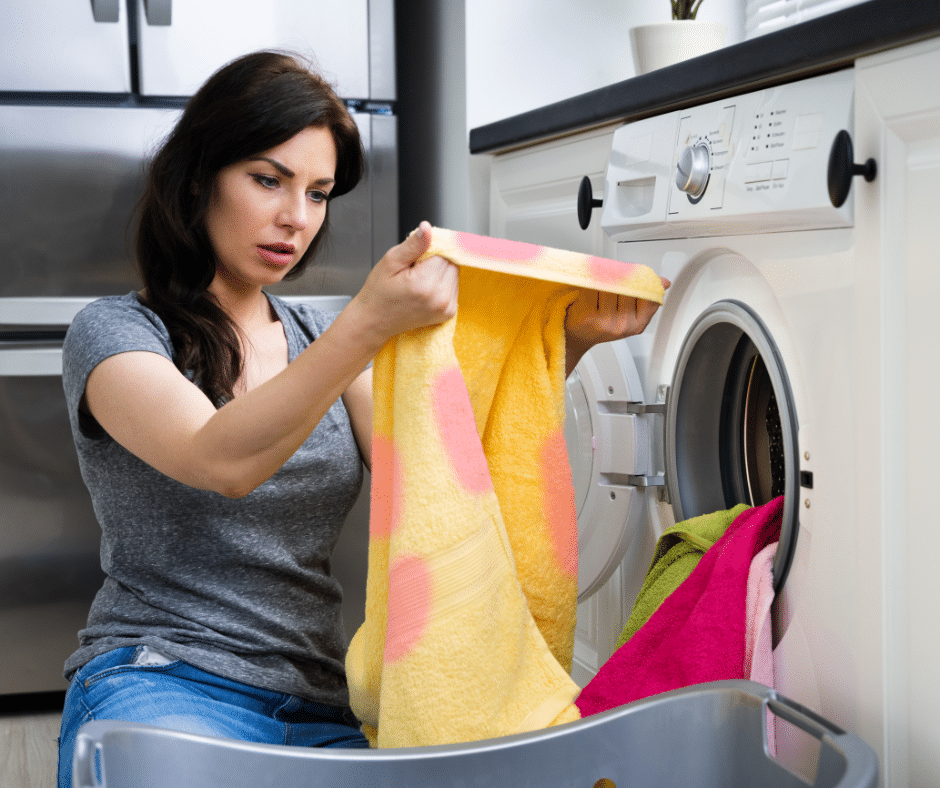
Unveiling the Most Commonly Reported Issues with Household Appliances
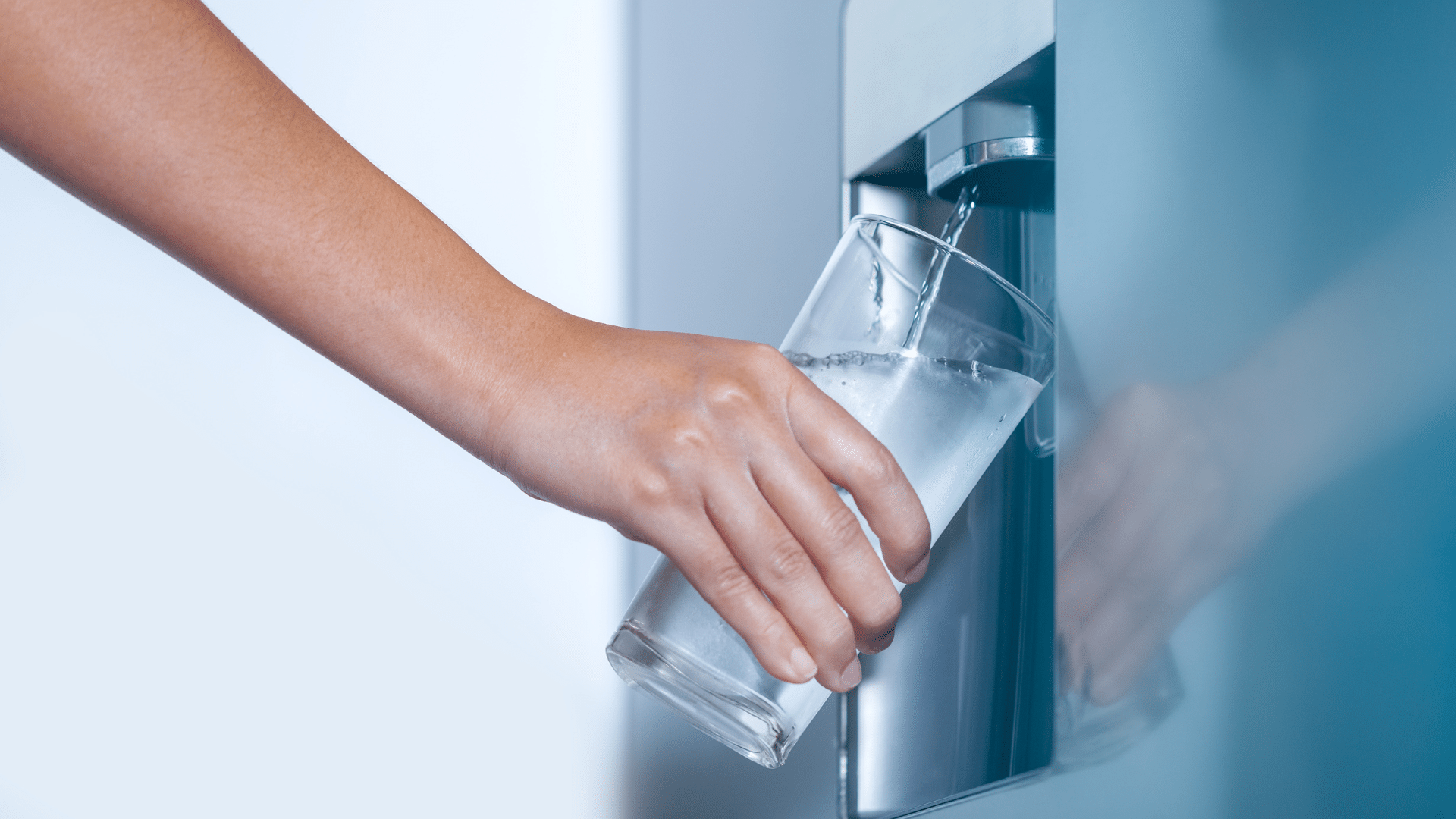
Unveiling the Mystery: Why Water Might Taste Weird Coming Out of Your Fridge Water Dispenser
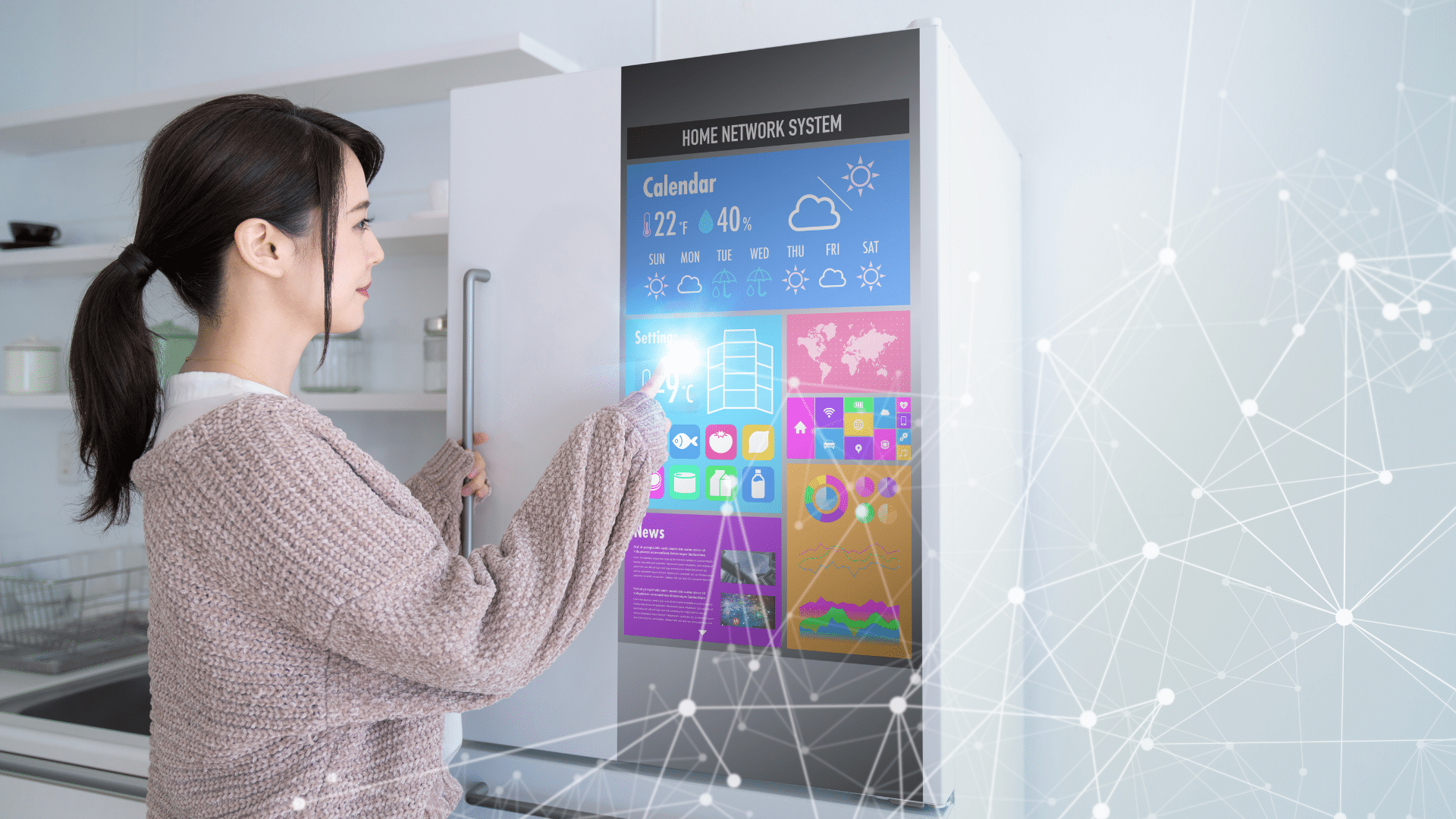
Revolutionizing Appliance Repairs: The Impact of Technological Advancements
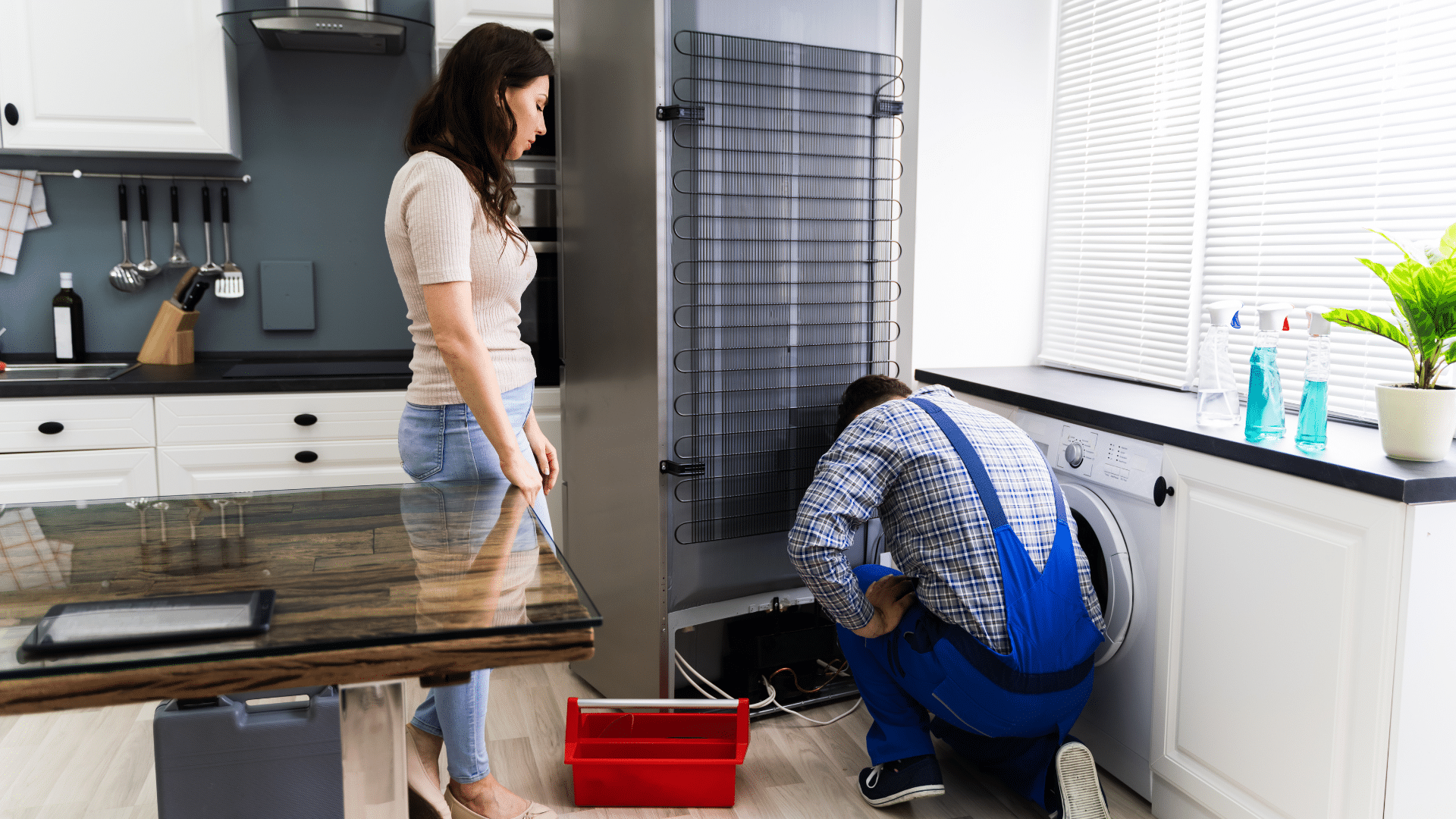
Appliance Recalls: Safeguarding Your Home with Essential Know-How
